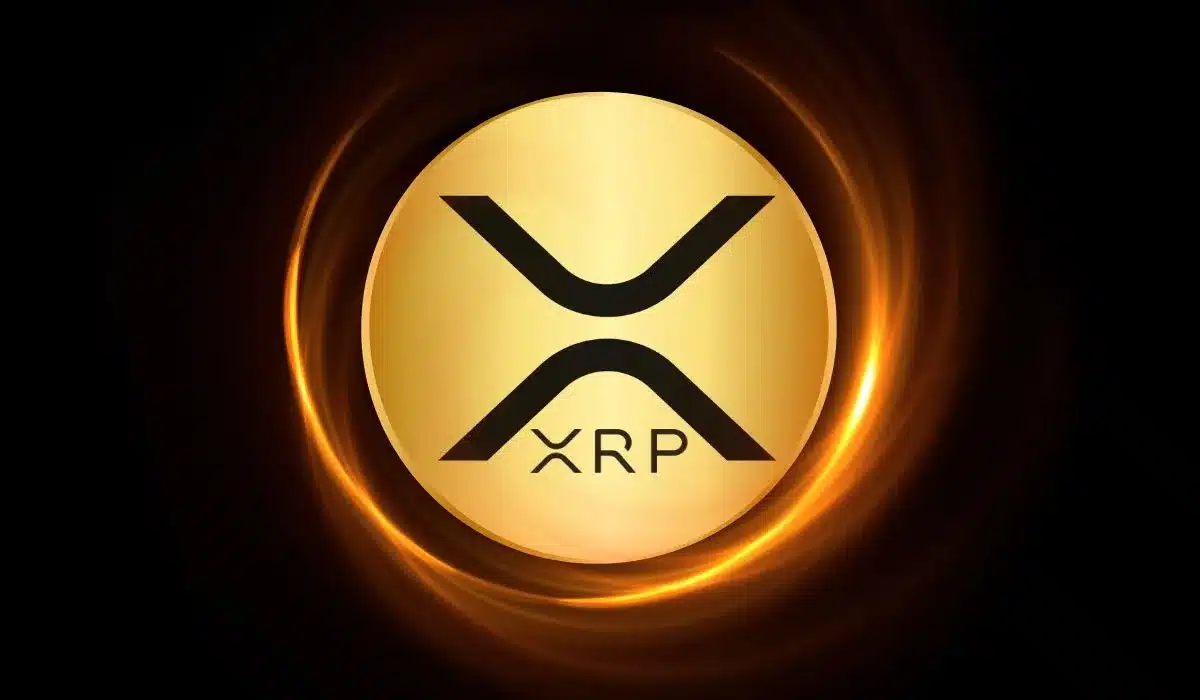- XRP EVM attracts developers rapidly with 1,400 smart contracts in one week.
- Ethereum-compatible sidechain on XRP sees strong early adoption from blockchain builders.
- Developers migrate to XRP EVM seeking faster transactions and lower deployment costs
The XRP Ledger’s Ethereum-compatible sidechain has recorded over 1,400 smart contracts within the first week of its launch. According to Pumpius (@pumpius), a member of the XRP community who shared the update, the development reflects rapid adoption of XRP’s programmable capabilities by blockchain developers and protocol builders.
Built by Ripple and Peersyst, the XRP EVM sidechain allows Ethereum applications to run on XRP’s infrastructure with minimal modifications. This compatibility has caught the interest of developers who want affordable and scalable alternatives to Ethereum.
The sidechain is integrated with the XRP mainnet as well, which makes it secure yet performance-based.
Also Read: XRP Holders Reveal Bold Plans After Hitting 10,000 Token Milestone
This rapid volume of contract deployments within a short period reflects a growing shift away from existing platforms. Innovators are currently experimenting with the XRP EVM on decentralized apps, such as automated financial instruments, non-fungible token settlements, and identity systems.
🚨BREAKING: Nearly 1,400 smart contracts deployed on the XRP EVM sidechain — in the first week.
This isn’t just activity.
This is a full-scale protocol invasion. 🧵👇 pic.twitter.com/NxyXOjPSN7
— Pumpius (@pumpius) July 7, 2025
Existing Ethereum-based projects have compelling appeal to the network owing to EVM compatibility. This allows developers to port their apps without having to re-engineer their code and reduces the time of onboarding.
Such a seamless transition process is even considered one of the major linchpins among individuals seeking improved efficiency and reduced transaction fees.
Institutional-Grade Infrastructure Driving Developer Activity
The sidechain’s design includes features aimed at enterprise use, such as support for tokenized assets and identity verification systems. Ripple’s involvement, along with backing from traditional financial players, has added credibility to the platform’s institutional-grade positioning.
Besides, XRP performs not only simple functions but also supports smart contracts on the EVM. Developers are now using it to create liquidity protocols, governance systems, and decentralized finance systems.
This change in usage demonstrates that the XRP Ledger can be used to meet other financial requirements besides payment.
According to Pumpius, the rapid growth in smart contract activity highlights changing perceptions in the developer space. XRP is no longer considered a payment system but also a platform that can facilitate a highly developed financial landscape.
The change has attracted new developers and the tactical appeal of institutions related to blockchain.
The deployment of 1,400 smart contracts in one week highlights the momentum building around the XRP EVM sidechain. With EVM support, institutional alignment, and expanding use cases, XRP is positioning itself as a key player in programmable blockchain finance.
Also Read: Ex-Binance CEO Warns: Don’t Expect to Get Rich Quick With Crypto
